Did you know that there is a difference between a marsh vs swamp? While there are many different wetland ecosystems around the world, both marshes and swamps are different from one another. This may not be something that many people are aware of, but it’s true- marshes and swamps are often described interchangeably, but they are different environments!
In this article, we will detail the similarities and differences between marshes and swamps so that you can tell the difference. We’ll also discuss the wide variety of animal species that occupy these unique locations. Let’s dive in and learn more about a marsh vs swamp now.
Comparing Marsh vs Swamp
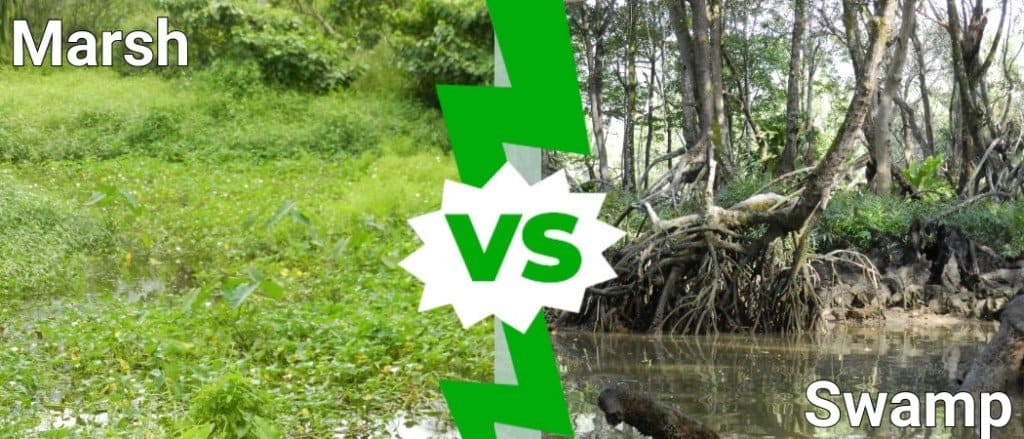
| Marsh | Swamp | |
|---|---|---|
| Formation | Forms near shallow rivers and lakes, as well as oceans; primarily open landscapes that flood | Forms near rivers, lakes, and oceans; primarily forested areas that flood become swamps |
| Trees? | Sometimes; primarily full of shrubs | Yes; extremely wooded areas |
| Species That Live in Them | Emergent and water-loving plants; deer, snakes, fish, raccoons live here | Trees adapted to flooded conditions; bobcats, raccoons, deer, beavers live here |
| Geographical Locations | Around the world; marshes are more likely to be preserved | Around the world, but many swamps have been destroyed |
| Soil Content | pH neutral or alkaline; rich in minerals and different soils such as clay and sand | Nutrient rich soil, found in a variety of pH levels; creates unique environments depending on the location |
Key Differences Between Marsh vs Swamp
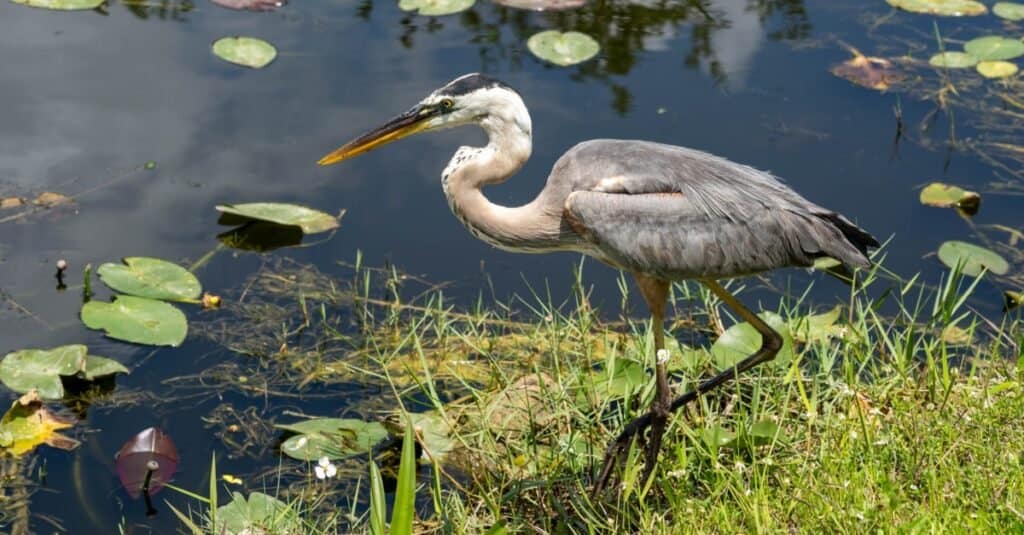
While both locations have unique species that inhibit them, swamps have more animals that utilize trees when compared to marshes.
©ttomasek15/Shutterstock.com
There are many key differences between marshes and swamps. Marshes are a type of wetland that lies along shallower rivers and lakes, while swamps are wetlands that often form near forested areas that flood from nearby water sources. The plant and animal species that exist in marshes differ greatly from swamps, given the available plants and food resources. Finally, the soil contents found in a swamp is more nutrient-rich when compared to that of a marsh.
Let’s talk more about these differences in detail now.
Marsh vs Swamp: How They Are Formed
The way that a marsh forms is different from a swamp. While both are wetland areas existing along rivers, oceans, or lakes, a marsh forms when an open area floods, while swamps form when a forested area floods. This isn’t to say that there are no trees in a marsh, but there are significantly more trees in a swamp. Both of these types of wetlands exist along fresh or saltwater, but marshes are likely to maintain a higher water level when compared to swamps.
However, there are many similarities between a marsh vs swamp, so it is difficult to tell them apart at first glance. The presence of a nearby forest typically means that you are dealing with a swamp rather than a marsh, but it depends on a few other things as well.
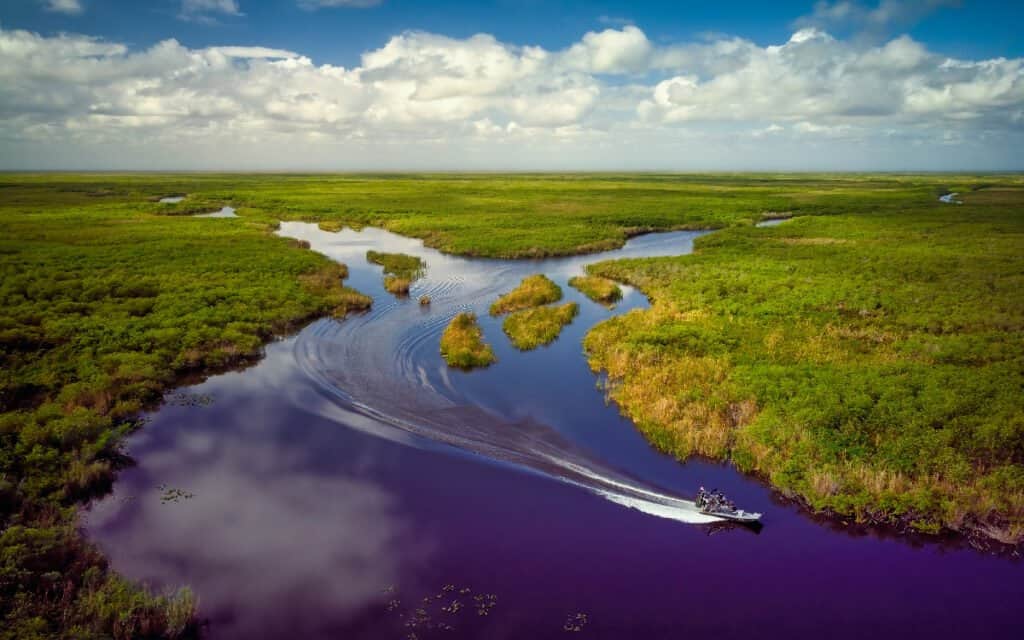
Marshes usually have a more positive interpretation when compared to swamps.
©iStock.com/Robert DelVecchio – OcuDrone
Marsh vs Swamp: Trees and Plants
Another key difference between a marsh vs swamp is the variety of trees and plants present. While both marshes and swamps have a wide variety of unique plants and flora, marshes have far more water-loving plants and shrubs compared to swamps. Alternatively, swamps have far more water-loving trees and very few shrubs or emergent plants. Let’s talk more about some of the specific plants and trees found in these watery locations.
Given that both of these areas are essentially flooded, it is key that the plant and tree species living in them can survive this. That’s why swamps are full of trees comfortable with water, such as cypress, mangroves, willows, and others. Marshes have plant species that also thrive in water, such as water lilies, reeds, bulrushes, and sedges.
Marsh vs Swamp: Geographical Location and Interpretation
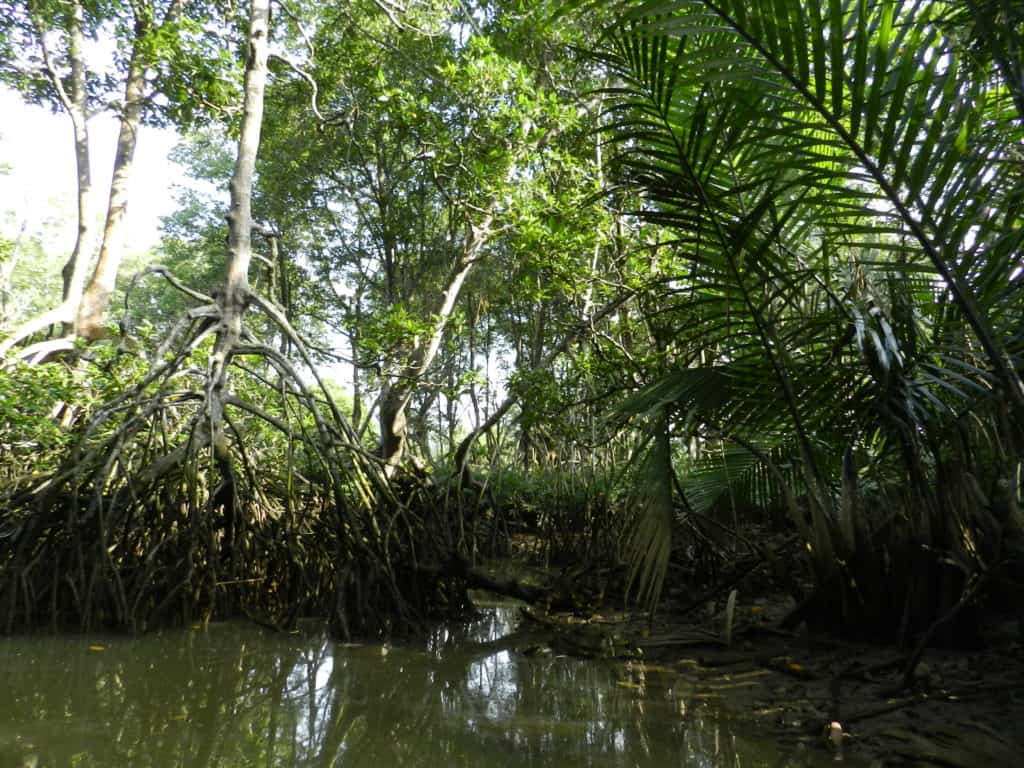
While both of these locations have complex and unique soil compositions, marsh soil tends to have clay and silt in it to make a soil that is rich in minerals, while swamp soil is more nutrient-dense.
©Millie Bond – Copyright A-Z Animals
Another difference between marshes vs swamps is their geographical locations and our interpretation of these unique habitats. While both of these types of ecosystems exist around the world, their overall interpretations vary depending on where they are located. However, marshes usually have a more positive interpretation when compared to swamps.
Between popular media interpretations and overall misunderstanding regarding the importance of marshes and swamps, swamps are often misjudged. There have been far more swamps that have been destroyed when compared to marshes. While marshes are also mishandled, swamps tend to have a more negative interpretation overall.
Marsh vs Swamp: Soil Type and Contents
Another difference between a marsh vs swamp lies in their soil type and contents. While both of these locations have complex and unique soil compositions, marsh soil tends to have clay and silt in it to make a soil that is rich in minerals, while swamp soil is more nutrient-dense. While this may be a subtle distinction and it all depends on the specific marsh or swamp, this is a way of distinguishing them.
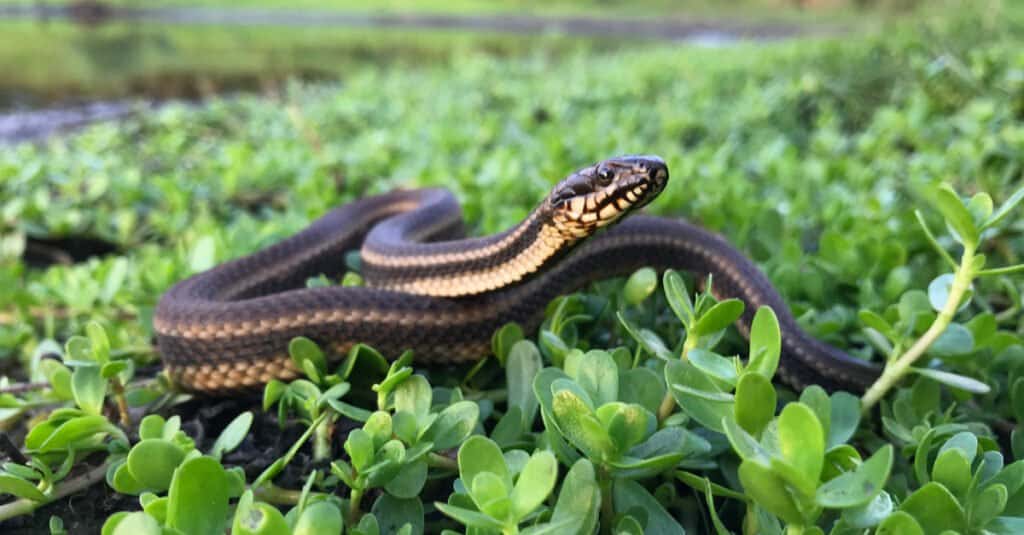
While both marshes and swamps have a wide variety of unique plants and flora, marshes have far more water-loving plants and shrubs compared to swamps.
©Joe Farah/Shutterstock.com
Marsh vs Swamp: Animal Species That Live in Them
A final difference between marshes and swamps is the variety of different animal species that live in them. While both locations have unique species that inhibit them, swamps have more animals that utilize trees when compared to marshes. While marshes have a variety of fish species and amphibians, swamps have creatures like beavers and bobcats that use trees for a variety of reasons.
However, there are some similarities between the two in terms of animal species living in them. For example, raccoons, deer, rodents, and insects exist in both locations. Plus, it all depends on the geographical location as to what animals live in these unique ecosystems in the first place! Some animals may indeed prefer a marsh or a swamp over a more traditional ecosystem, after all.
The photo featured at the top of this post is © Dmitriy Kandinskiy/Shutterstock.com
Thank you for reading! Have some feedback for us? Contact the AZ Animals editorial team.






